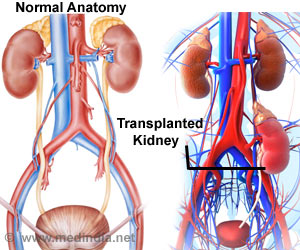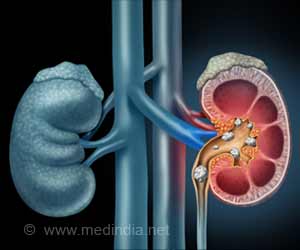Previously, Lakkis and his colleagues had shown that a type of immune cell called tissue-resident memory T cells drive chronic rejection. Like all memory T cells, these resident versions “remember” previously encountered threats by recognizing specific identifying features called antigens. But unlike most memory T cells, which circulate in the bloodstream, tissue-resident memory T cells live within organs.
In the new study, first author Roger Tieu, Ph.D., Medical Scientist Training Program student at Pitt, discovered two factors that maintain resident memory T cells in kidney grafts over time. The first is the antigen itself the molecules that T cells use to recognize the donor graft as foreign. Because resident T cells dwell within the kidney graft, they’re constantly exposed to such antigens. The second factor is a cytokine, or inflammatory signaling protein, called IL-15.
Also key to this process is another type of immune cell called dendritic cells, which capture both the antigen and IL-15 and present them to receptors on resident memory T cells.
Advertisement
“Dendritic cells are like the conductor of the orchestra,” said Lakkis. “They’re critical for activating many types of immune cells and coordinating immune responses.”
When the researchers depleted dendritic cells or blocked their ability to present antigen or IL-15, they saw a drop in resident memory T cell quantity and functionality.
“Antigen and IL-15 are required for T cell maintenance,” said co-senior author Martin Oberbarnscheidt, M.D., Ph.D., assistant professor of surgery at Pitt. “If you remove either, resident memory cells decline in number. In a transplant patient, it’s not feasible to take the antigen away because it’s found throughout the donor organ, but targeting IL-15 is clinically translatable.”
Indeed, when the researchers blocked IL-15 signaling with an antibody that prevented IL-15 binding to its receptor on T cells, they found that graft survival was greatly prolonged in mouse kidney recipients.
“In my medical school training, I have had the privilege of working with transplant patients,” said Tieu. “I am excited that our work has the potential to be translated from lab to clinic, with the goal of mitigating chronic rejection and elevating quality of life for our patients.”
Source: Eurekalert



